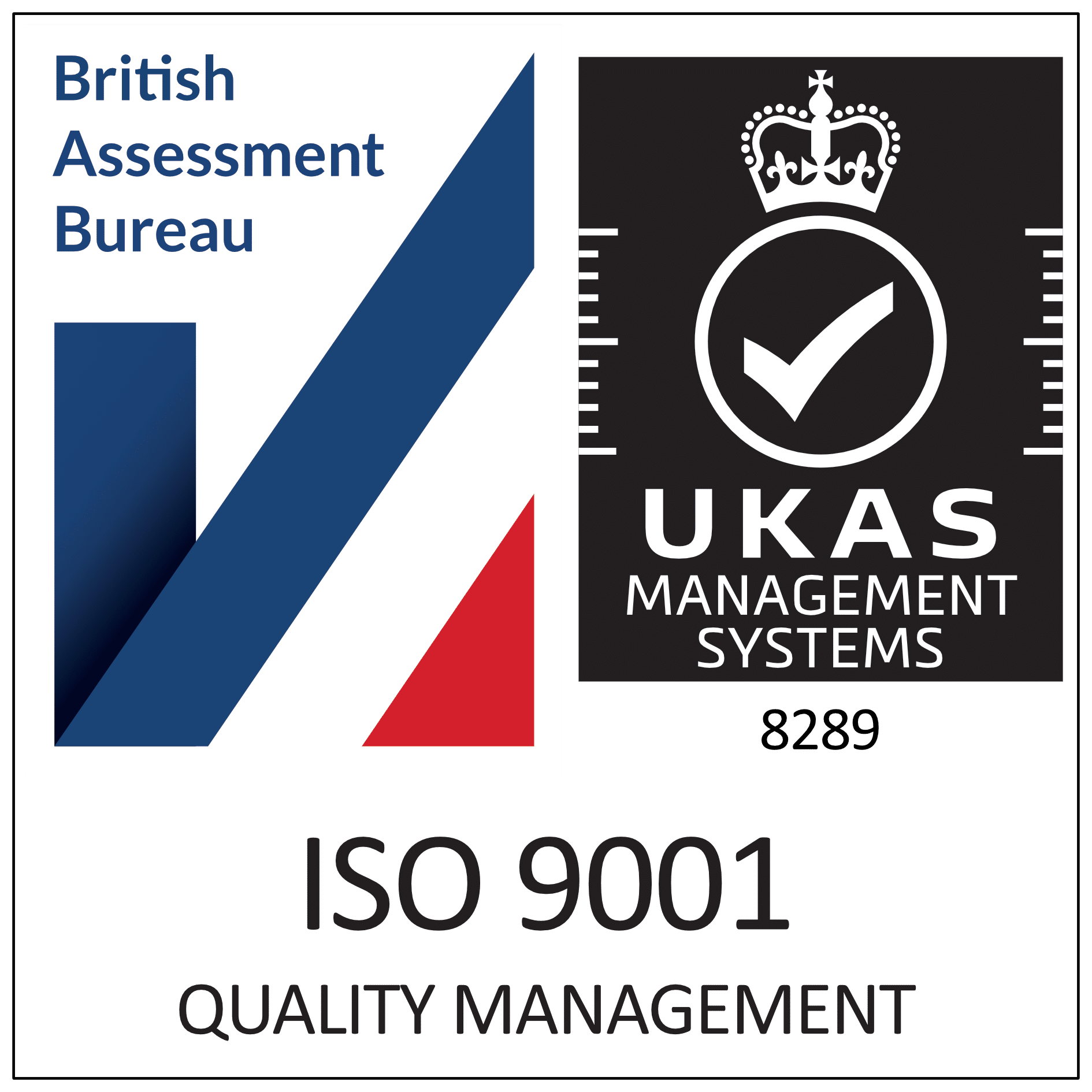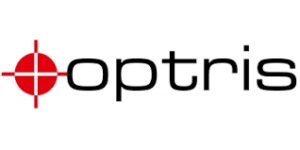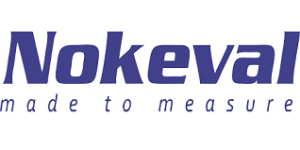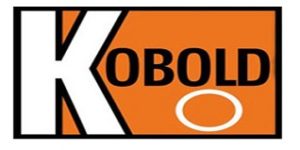Knowledge Base and In-Depth Guides

What is a Thermocouple?

Pt100 Wiring for Industrial Temperature Sensors – 2, 3 or 4 wire?

What is the Specification of Pt100 Temperature Sensors?

How to merge images from multiple Optris PI Thermal Imaging Cameras.

Choosing an Infrared Pyrometer for Metals – 8 things you need to know.

Choosing an Infrared Pyrometer for the Plastics Industry – 8 things you need to know.

Case Study – How Thermal Imaging can be used to monitor the heating process in a Drop Forge application.

Case Study – How Optris Infrared Thermometers are being used in the care of Diabetes patients.

Emissivity. What is it and why is it so important?

How to make more reliable surface temperature measurements.

What is a PT100 Working Principle?

The Ultimate Guide to USB Data Loggers

High Temperature Cables – What is best for your application?

Monitoring Lithium Ion Battery Charging in Automotive Applications using Optris Thermal Imagers

How Thermal Cameras Can Help With Energy Efficiency

Temperature Measurement and Control in Additive Manufacturing Applications
We’d like to share our technical know-how, industry knowledge and understanding of applications and processes with you in a series of articles in our Knowledge Base.
New items will appear over time, but please let us know of any topics you would particularly like covered.

We are certified to ISO 9001:2015 quality standard by UKAS accredited British Assessment Bureau Ltd.
Frequently Asked Questions
Optris has a wide range of pyrometers that cover most areas of the temperature spectrum. Some of the pyrometers have analogue outputs and also have thermocouple outputs which simulate a Type J or Type K output.
A thermocouple consists of two different metals bonded together to create a junction. The dissimilar metals interact with one another at the junction when heated, and generate a voltage in proportion to the change in temperature. The voltage is used to drive various measuring devices and control processes.
So, how can we be sure that the thermocouple is operating?
If this was a standard thermocouple, we could easily test for continuity with a multimeter. It is after all a metal circuit. We could follow that with a measurement of the voltage under the effect of a naked flame for example.
But in the Optris pyrometer, the thermocouple is electronically simulated. There is no real thermocouple to test for an open circuit and you could not hold a naked flame to the junction while you measured a change in voltage across it. If you were to place an ohmmeter across the output (between GND and OUT-TC), you might read something around 20Ώ, but this would not tell you if the thermocouple is working or not. You would just be measuring some semiconductor components.
A different approach is needed:
For these tests to be successful, the pyrometer must be powered up. Also, we must have some idea of what to expect from the thermocouple output. Of course, this assumes that the user has selected the type of thermocouple output he wishes to simulate, either J or K. We can use a thermocouple tester, which will indicate that the thermocouple output is generating a voltage when the device is directed at a suitable black body.
We could also use a reference thermometer, which will indicate the temperature being read by the thermocouple. We cannot use the temperature indicated by the pyrometer. An external reference is required. Once we are sure that the thermocouple is working correctly, it may be worthwhile comparing the pyrometer to the thermocouple.
Infra-red cameras are essential for non-contact temperature measurement, but their small size and field of vision that reaches around 90°, can be an obstacle when dealing with large, moving products on a conveyor belt.
There are a couple of ways to overcome the challenges.
Multiple infra-red cameras can be strategically positioned along the conveyor belt to cover the entire surface area of the product. This setup allows for continuous temperature monitoring as the product moves, ensuring that every part of the product is captured. Powerful software can take separate images and stitch them together to give a wider view. But this is not optimum and can be extremely expensive.
One of the most versatile aspects of Optris cameras is the line scanning function. With line scanning, a single camera monitors the product as it passes and builds up a picture line by line. The static camera, with no moving parts, scans the image into powerful software that compiles an accurate image, instantly viewable on a remote screen. This solution is extremely cost effective and superbly efficient. The product length is not limited, and the recording speed is calibrated to the speed of the conveyor.
In both cases, the full suite of post action analysis is available.
Measuring extremely high temperatures, that occur for just a split second, can be challenging. Traditional methods often fall short due to their slower response times and lack of precision. However, with advancements in hardware technology, particularly with tools like Optris thermal imaging cameras and pyrometers, we can now capture these fleeting moments with accuracy.
Optris cameras and pyrometers are designed to measure temperatures at incredibly high speeds. They utilise infrared sensors that can detect temperature changes within milliseconds. Thermal imaging cameras are ideal for fast-moving hot operations in harsh industrial environments and provide precise measurements even under extreme conditions.
Post-action analysis further enhances this capability. By reviewing the recorded data after the event, you can gain insights into the thermal dynamics and identify any potential issues. This comprehensive approach ensures that even the briefest and hottest moments are accurately measured and understood, providing a new perspective on high-speed thermal processes.
Temperature probes are essential in numerous applications, from industrial processes to scientific research. However, to truly harness their potential, pairing temperature probes with data loggers is crucial.
A data logger is a device that continuously records temperature readings over time, providing a detailed temperature history. This functionality is vital for assessing whether the temperature probe is functioning correctly and for determining if the medium being measured is being kept within its defined temperature range.
To record a changing temperature, connect the temperature probe to a data logger. There are many different ways to connect to the sensor to the data logger.
Data loggers can be hand-held devices connected directly to the probe or they can be coupled to laptop computers or notepads via interfaces such as USB or Ethernet. Data loggers can be wireless and feed information back to a cloud-based back-end system.
The data logger records temperature readings at predefined intervals and stores the data for later analysis. By reviewing this data, you can identify patterns, trends, and anomalies.
Additionally, using data loggers with advanced features like real-time alerts can notify you of any irregularities, ensuring prompt action to rectify issues. In conclusion, data loggers are indispensable tools for maintaining the integrity of temperature measurements.
When an infrared device features a Type J or K thermocouple output, it simply means that the device is designed to convert infrared temperature measurements into a signal that’s compatible with thermocouple input instruments.
Type J and K thermocouples are widely used in industrial applications due to their reliability and broad temperature ranges. Type K is well-suited for high-temperature measurements, commonly used across various industries, while Type J is more ideal for moderate temperatures and tends to perform well in environments without oxidising elements.
For engineers, this means the infrared device can seamlessly integrate with existing temperature control systems or data loggers that use thermocouple inputs, allowing easy monitoring and recording of temperature data. This compatibility helps simplify setup, reduce the need for extra converters, and makes it more straightforward to integrate into a wider range of systems.
Testing the 4-20mA output of your infra-red device is crucial to ensure accurate temperature measurements and reliable performance in your application. Here are our simple steps to check that everything is working correctly:
1. Make sure the infra-red device is correctly powered and connected to a 24V DC supply, which is standard for 4-20mA loops.
2. Set up a multimeter to measure current in milliamps (mA). Then, connect it in series with the 4-20mA loop. This involves disconnecting one wire from the loop circuit, attaching one lead of the multimeter to the wire, and the other lead to the terminal where the wire was disconnected.
3. Infra-red devices have a means of simulating different temperature readings. Adjust the settings to simulate a range of temperatures and observe the corresponding current readings on the multimeter.
4. The multimeter should display a current between 4mA (representing the lowest end of the temperature range) and 20mA (representing the highest end). Verify that the current changes linearly with temperature changes.
5. If the readings are not as expected, there may be a need to calibrate the device or check the connections for any faults.
By following these steps, you can confirm that your infra-red device’s 4-20mA output is functioning properly, ensuring accurate temperature monitoring for your project.
A 4-20mA output on your infrared device means it can transmit temperature data as an electrical current signal.
This type of output is widely used in industrial settings for its reliability over long distances and resistance to signal interference. The signal scales linearly: 4mA represents the lowest temperature in the range, and 20mA represents the highest. This makes it easy to integrate with other control systems, ensuring accurate and consistent temperature monitoring in your application. Perfect for ensuring precision in demanding environments!
Temperature probes are predominantly analogue devices. This means that their output characteristics change over time under the influence of temperature. So we will see a change in resistance or a change in voltage as the measured medium changes temperature.
A digital temperature probe is quite different in that it outputs a string of digits that represent the measured temperature.
There are a number of discrete components within the digital sensor that work together to measure and display temperature readings:
- Sensing Element: This is the part of the probe that directly measures the temperature. It can be a thermistor, thermocouple, or semiconductor sensor, depending on the design.
- Signal Conditioning Circuit: This circuit processes the signal from the sensing element and converts it into a digital format. It may include amplifiers, analogue-to-digital converters (ADCs), and filters.
- Microcontroller: The microcontroller processes the digital signal from the signal conditioning circuit and performs calculations to determine the temperature.
- Power Supply: The probe’s components require power to operate. Power is supplied from an external power source.
- Protective Housing: The housing (sheath) protects the internal components from environmental factors such as moisture, dust, and physical damage.
The digital output can be processed by a microcontroller or other digital systems to convert the digital signal into a readable temperature value. Dependent on the system, there are various protocols in use which may represent and manage the digital data slightly differently. USB is a common format where the USB plug has four pins, two for power and two for data. A USB compatible device is required to be able to display the temperature.
Using infrared pyrometry to measure the temperature of gas plasma and flame.
When we look at a flame with the idea of measuring the temperature, we might consider putting a temperature probe into the centre of the flame. That will not be an accurate way of measuring because the flame has different temperatures at various places within the flame.
Plasma is often referred to as the fourth state, not solid, liquid or gas but the result of heating gas to extremely high temperatures. It is not simply a flame, in that plasma is highly ionised and therefore conductive.
Infrared technology can be a powerful tool for measuring the temperature of flames and gas plasma, but it requires careful consideration due to the unique properties of flames and plasma.
Using infrared pyrometry involves detecting the infrared radiation emitted. The intensity of this radiation correlates with the temperature of the gas. Unlike a gas flame, plasma also emits a wide range of electromagnetic radiation, so selecting the correct wavelength is crucial to avoid interference from other emissions. Using a device that operates within the most suited infrared spectral range is essential. Making allowances for the emissivity of the target will contribute to more accurate readings.
When measuring through flame, ensure that the infra-red sensor has a clear line of sight between the lens and the surface to be measured. Laser aiming assists with ensuring accuracy.
Specialist Optris pyrometers such as the CTlaser MT, with a spectral range of 3.9 µm, can measure through flame. With a spot size of 1.6mm and laser aiming, measuring reliability is improved.
The Optris CTlaser F2 and F6, with spectral ranges of 4.24µm and 4.66µm, respectively, measure the temperature of carbon dioxide (CO2) and carbon monoxide (CO) flame gas. The specific measuring wavelength of the device makes for best measurement of specific combustion or chemical reactor processes.
The Optris pyrometers cover a temperature range from 200 °C up to 1650 °C, while the stainless-steel measuring head is heat-resistant up to 85 °C.
About Our Partners

Optris GmbH has been developing and manufacturing innovative infrared temperature devices for non-contact temperature measurement, including thermal imaging cameras, industrial infrared pyrometers and hand held thermometers, for fifteen years. The comprehensive product portfolio comprises infrared measurement devices for a wide variety of industrial applications as well as science and R&D. Along with free thermal analysis software, Optris products enable constant monitoring, control and optimisation of virtually every manufacturing process, along with resulting reductions in production costs.

Founded in Finland in 1980, Nokeval Oy specialises in measuring temperature, humidity and other environmental parameters. The wide selection of products includes the OVA range of wireless data loggers and systems, wired temperature transmitters, panel meters, field displays, signal converters, galvanic isolators and temperature sensors. Investing heavily in product development, Nokeval are proud to offer the latest in product technology.

Founded in 1980, Kobold Messring GmbH is one of the leading manufacturers of industrial instrumentation products. Expert in the field of industrial measuring and control equipment, Kobold offer their customers a comprehensive portfolio of equipment covering flow, pressure, level, temperature, humidity and more, which can be installed and used in various industrial processes.
